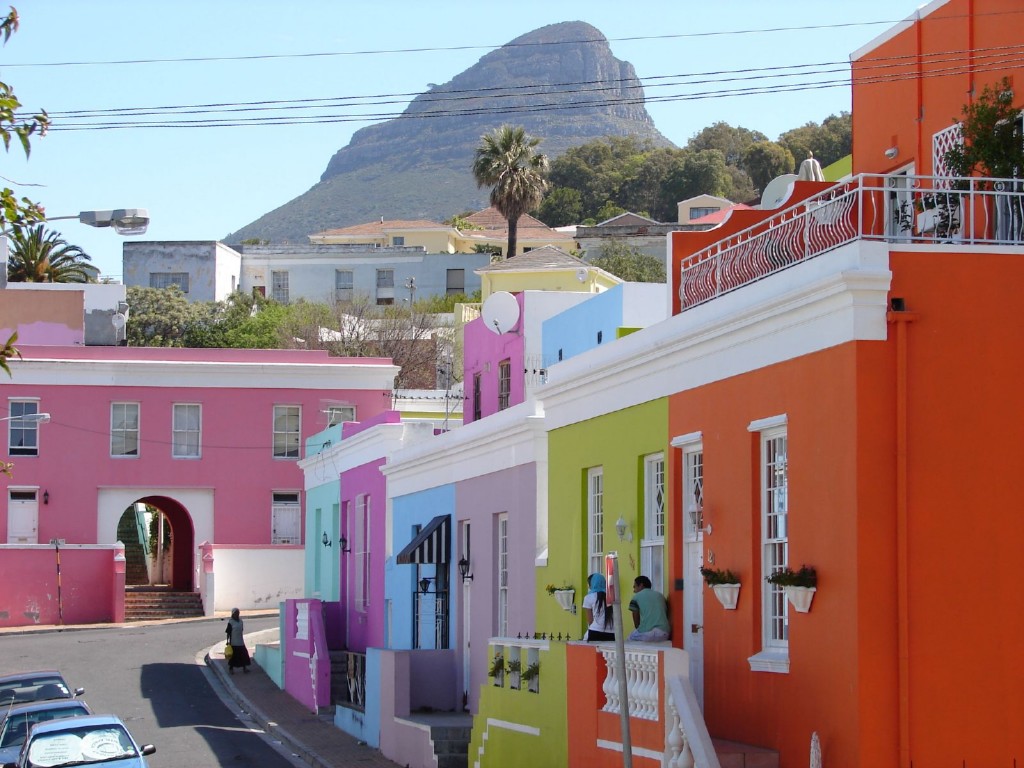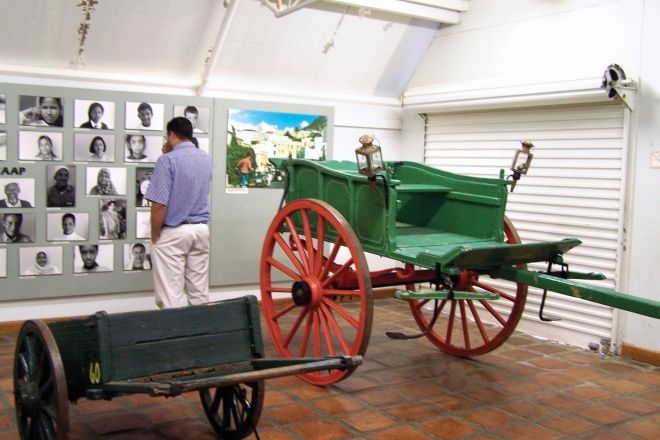About the Itinerary
Township tourism, which took off after our first post-Apartheid elections in 1994, is becoming increasingly popular, visitors to the country look now seem to look for a more ‘authentic’ experience. Journey through the three South Africa’s: The birth – where it all started, Apartheid South Africa – a dark time of oppression, and, the New South Africa – what has changed since Nelson Mandela was freed from prison. The tour provides the extraordinary chance to connect, mingle and share cultural principles with the local community.
Visit Bo-Kaap Malay Quarter. Drive through District Six and then to Langa, the oldest black township. Tour continues to Khayelitsha, the largest black township in Cape Town. Here we visit the Philanni Empowerment Centre, visit to a shack to experience the living conditions and a drive through middle-class Khayelitsha to experience some of the recent achievements such as new house developments.
Whats included
- Bo-Kaap (Cape Malay quater)
- Drive through District 6
- Visit the Township of Langa
- Visit the township of langa Khayelitsha
- Spend some time walking
Tour Highlights
District 6 & Museum
Forty-seven years ago, on Friday 11 February 1966, the Apartheid government declared District Six a white group area and ordered the forced removal of thousands of coloured, African and Indian residents. The removals started two years later and continued for more than 15 years as some residents dug in their heels.
In the end, the government won and even the most stubborn residents had to leave, including Naz Ebrahim, who resisted forced removal until she was eventually forced to live in a small government-built house in the Indian area of Gatesville. Ebrahim had lived in District Six for almost 50 years and continued her fight to return to the area until she passed away a few years ago..
District Six today stands as evidence of Apartheid cruelty at its worst. Anyone who drives into Cape Town’s CBD cannot help to notice the prime land lying barren on your left, just before the copper-domed roof of the Good Hope Centre.
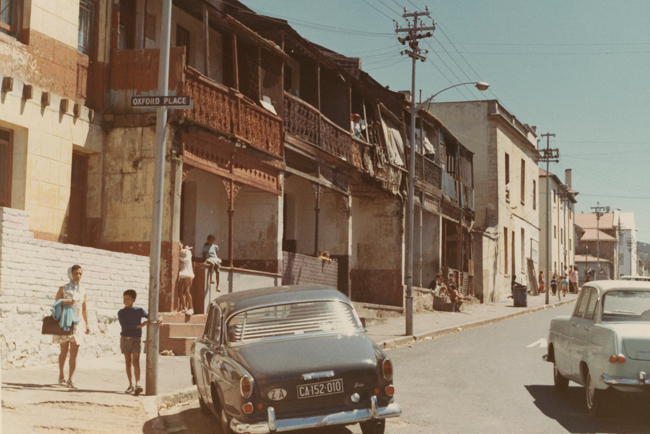
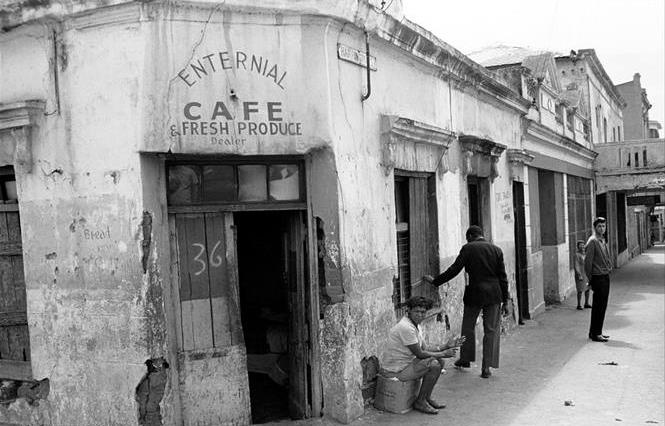
Langa Township (Includes a Family visit)
Langa is Cape Town’s oldest township, established in 1923. Similar to the nearby communities of Gugulethu and Khayelitsha, Langa is one of the many areas that were established prior to the apartheid era designated for Black Africans.The name Langa means “sun” in the Xhosa language, but the name of the township is actually derived from the name Langalibalele – a famous chief who was imprisoned on Robben Island for rebelling against the government.
Langa can be reached off Exit 12 of the N2 Highway out of Cape Town and is also served by Langa Railway Station.In recent years, the township has started to be rejuvenated as the government has invested in improved infrastructure. The Guga’sthebe Cultural Centre was opened in 2005 and is now the site of many community and cultural activities.Culturally, Langa is relatively homogeneous, with most of the residents belonging to the Xhosa tribe.The community started with very little planned infrastructure but is rapidly developing in many areas, including tourism.
During a township tour, you’ll experience the “real” Langa and meet many people who are making a difference in the community.
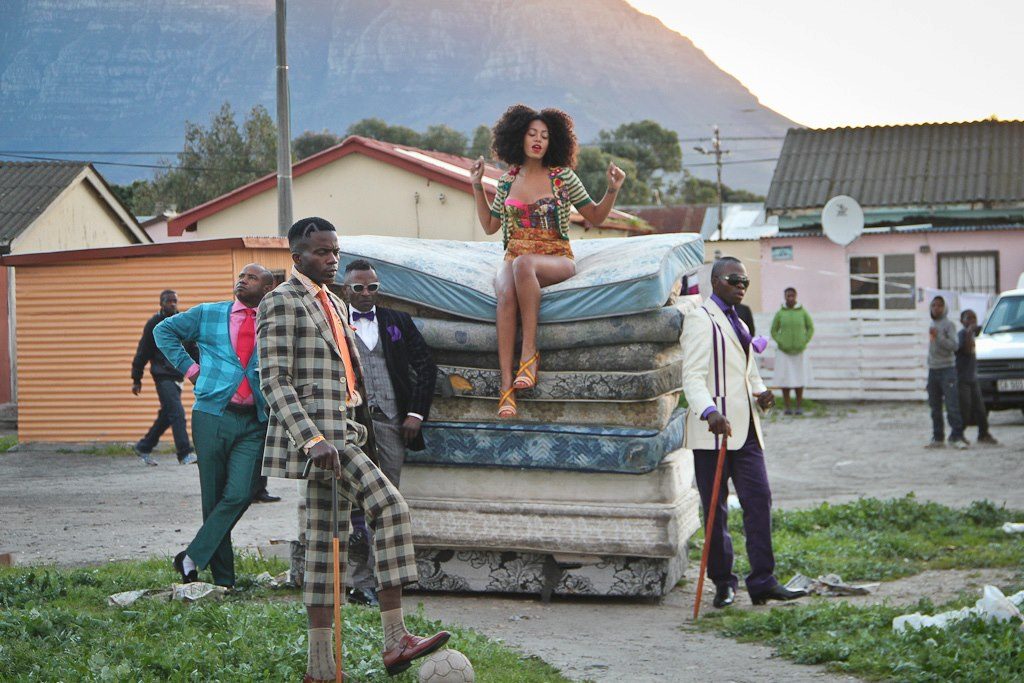
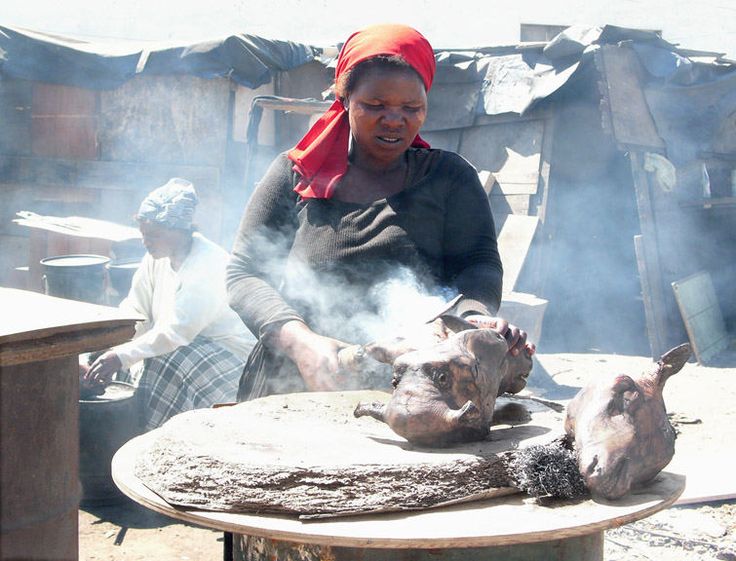
Khayelitsha Township
Take a township tour to Khayelitsha on the Cape Flats and experience an authentically African day out. See the stunning view from Look-Out Hill, buy locally handmade crafts and eat at an African restaurant.
Khayelitsha (meaning “new home”) is one of Cape Town’s largest townships, and is situated some 30km from the Mother City. It consists of both formal accommodation (houses of bricks and mortar) and informal settlements (makeshift shacks).The township was created in the 1980s under then Prime Minister PW Botha, and for many years it was a desperate place with few facilities and little infrastructure to house the large influx of people living here.These days, things are looking up in Khayelitsha, although poverty and unemployment are still rife. This is a township with its eyes on the future. Tourism is a major draw-card to the township, and gives visitors some insight into the lives of those who live here.
One of the first places you’ll experience on a visit to Khayelitsha is the Look-Out Hill tourist facility on the corner of Mew and Spine Road. The centre consists of a restaurant, gift shop and information kiosk. The facility has a look-out point on the highest dune with a 360-degree view that incorporates False Bay, the Hottentots Holland Mountain range, Helderberg and Groot Drakenstein.
Another popular stop is the Khayelitsha Craft Market, at the St Michael’s and All Angels Anglican Church. Here, you can buy all sorts of hand-made curios, pottery, beadwork, baskets and fabric paintings. The market is aimed at alleviating poverty in the area and all goods are made by the local community. You might be lucky enough to be serenaded by a marimba band as you browse.
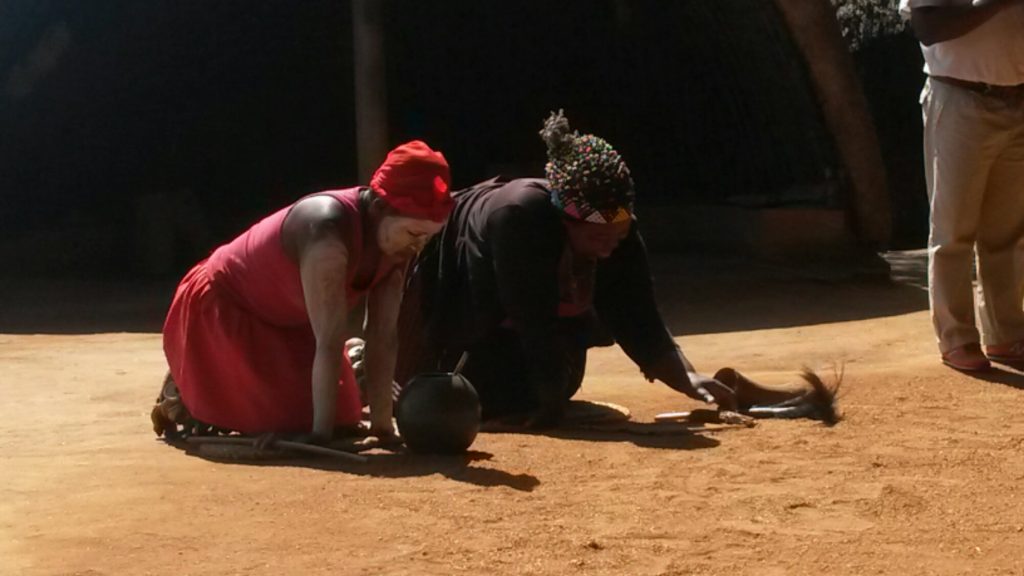
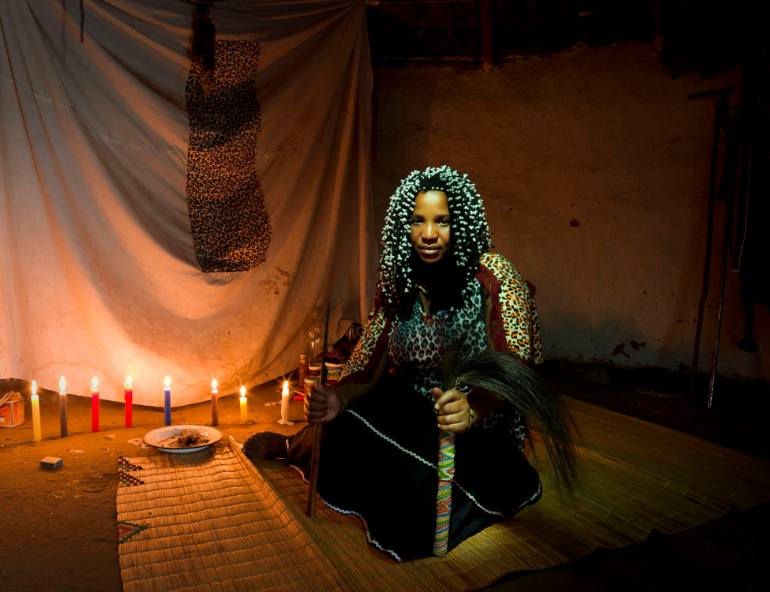
Shebeen Visit
Shebeens played an essential role in South Africa’s pre-democratic social and political history. During apartheid, shebeens came to be associated with the townships, where they served as meeting places for political dissidents, but they have since crossed over from makeshift taverns to mainstream venues for relaxing and socialising.
Unlicensed drinking establishments, have been around since trading ships first began visiting the Cape, but it wasn’t until the 19th Century that the shebeens of South Africa’s black townships became well established.
In apartheid South Africa, two events, the 1927 Liquor Act, which among other restrictions prohibited Africans and Indians from selling alcohol or entering licensed premises, and the Great Depression, were responsible for the emergence of township shebeens.
The economic effects of the Great Drepression were devastating to an increasingly poor and landless rural population, forcing huge numbers of black people to move to urban areas to seek wage-paying jobs.Since African women did not have to carry passes until the 1950s, they were shunned by employers (who insisted on employees they could ‘control’), and struggled to find work in the formal sector.Despite their illegal status, shebeens played a unifying role in the community, providing a sense of identity, and belonging, where patrons could express themselves culturally, and meet and discuss political and social issues. Often, police arrested patrons and owners.
A visit to a modern shebeen can be a fun and engrossing experience. Many establishments are suffused with history, be it displayed in old photographs on the walls, the style of music played – jazz is a popular genre – or the serving of traditional township dishes.
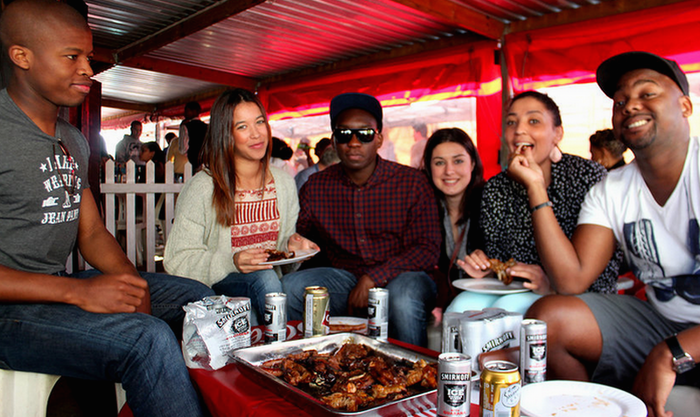
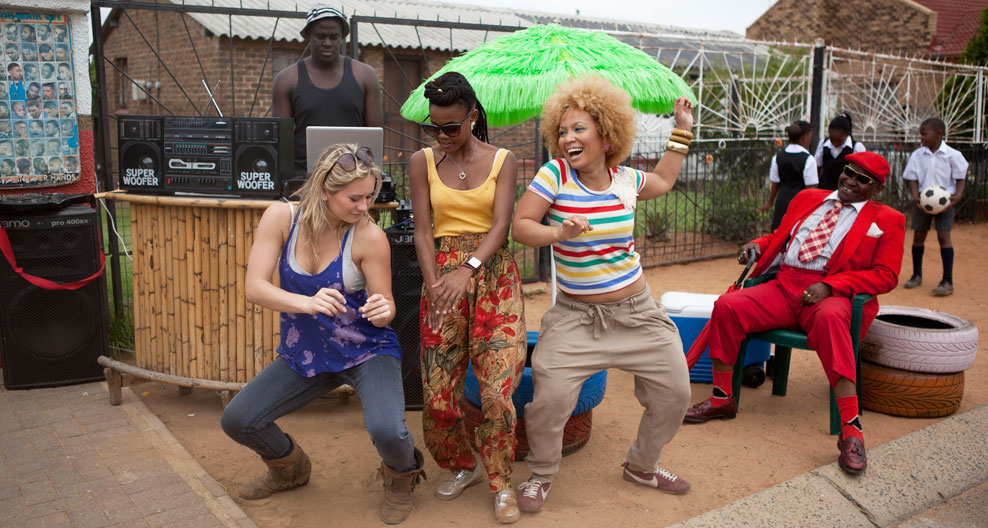
Township Artist visit
South African stands proud as a significant contributor to the art world, both in a cotemporary context as well as historically. Not surprisingly, Cape Town has been, and remains home to much of the country’s phenomenal art talent. A great deal of the work produced is available to be both viewed and purchased from a wide variety of art galleries and museums across the city and in the surrounding areas.
Cape Town is not only a source of wonderful inspiration for artists and has been so for many years, but it is a well-recognized place to source superb local art. Everything from classic landscape views of the city and surrounds recreated in oils, to contemporary abstract art or sculptural genius explored in bronze, it is all here for you to enjoy.
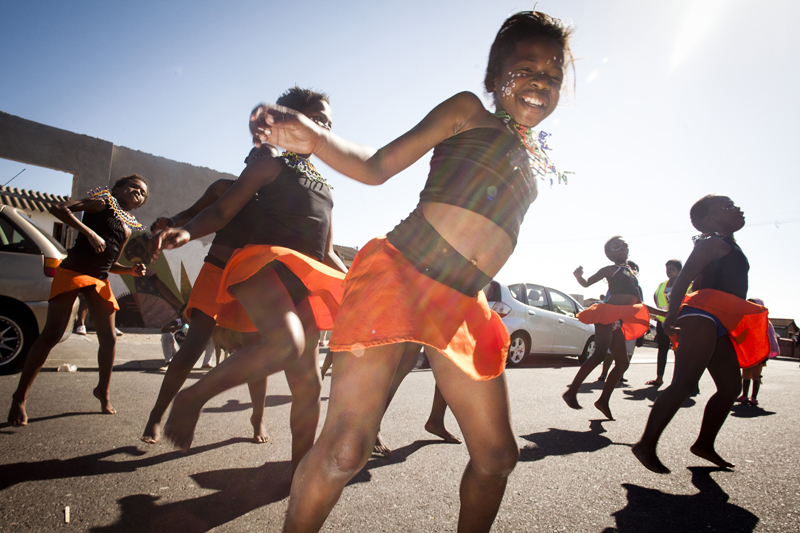
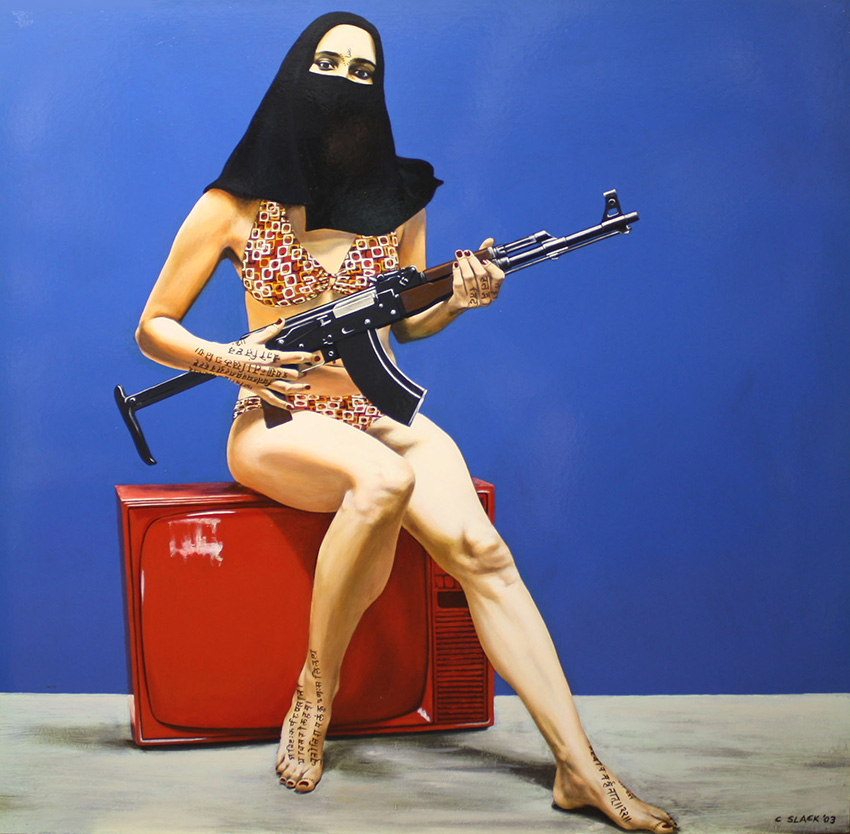
Orphanage visit
The orphanage is located in Athlone, a Cape Town suburb. There are many areas around Cape Town where people live in less than adequate housing and neighbourhoods. During this visit, you may choose to volunteer at the orphanage for abandoned, abused, neglected or HIV/AIDS infected children. Ages of the children range from 0-4 years old.
The permanent staff at the orphanage do as much as they can to create a home orientated environment and not simply an institute for the children. They place great emphasis on trying to reunite children with their parents or families, if possible. In cases where searching for the children’s families is not successful, then the centre looks for adoptive parents for the children.
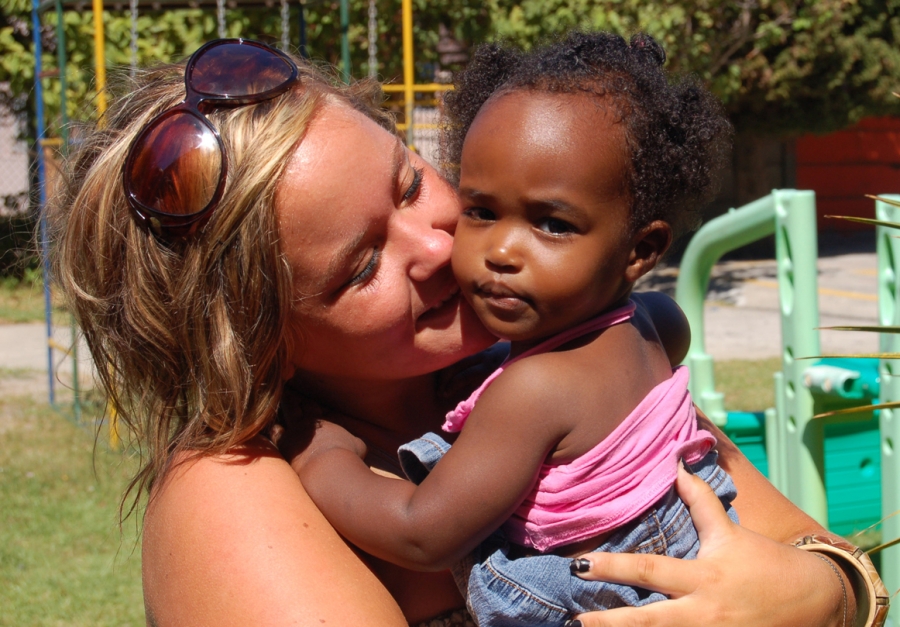
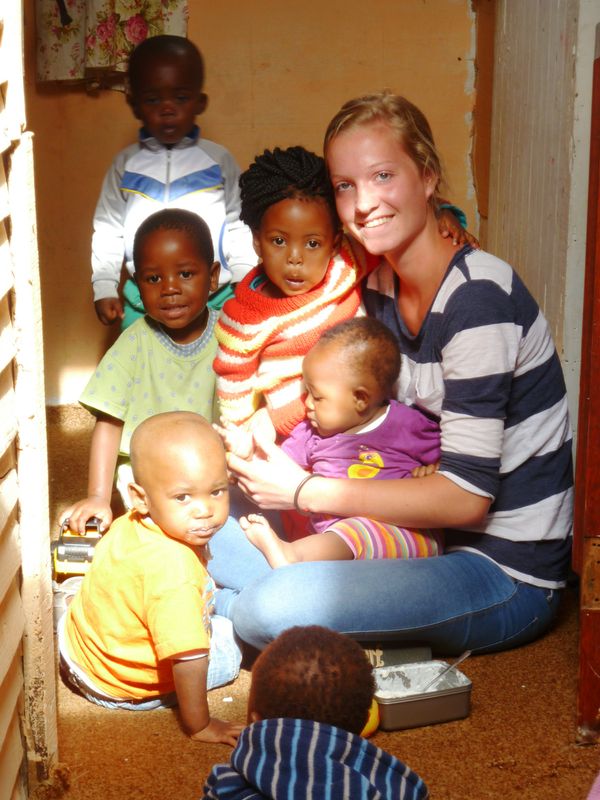
Bo-Kaap & The Bo-Kaap Museum
The Bo-Kaap Museum situated in the historic area that became home to many Muslims and freed slaves after the abolition of slavery, showcases local Islamic culture and heritage. The Bo-Kaap itself is well worth a visit. Colorful houses, steep cobbled streets, the muezzin’s calls to prayer, and children traditionally dressed for Madrassa, add to this unique Cape experience.
The Museum was established in 1978 as a satellite of the SA Cultural History Museum. It was furnished as a house that depicts the lifestyle of a nineteenth-century Muslim family.
